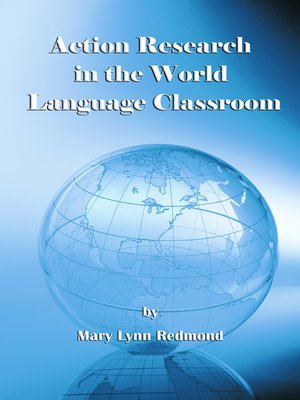
Sign up to save your library
With an OverDrive account, you can save your favorite libraries for at-a-glance information about availability. Find out more about OverDrive accounts.
Find this title in Libby, the library reading app by OverDrive.



Search for a digital library with this title
Title found at these libraries:
| Library Name | Distance |
|---|---|
| Loading... |
The current thrust in the field of education is to improve teachers' understanding of how research on best practices can improve student learning. The field of world language education introduces a double, perhaps a triple, bind: teachers must be able to design and deliver instruction that aligns with national expectations for developing students' language and intercultural abilities for success in the global workplace, yet in schools across America, all K-12 students do not have the opportunity to study languages, even though research supports their astonishing facility for acquisition. Schools and teachers without resources, including time to investigate and implement evidence-based best practices, are ultimately held accountable for student performance. If world language teachers are to advocate for languages, they must use their expertise and share evidence of their students' progress.
The American Council on the Teaching of Foreign Languages (ACTFL) recently began development of a national research priorities agenda for grades preK-16. Action research, which is classroom-centered and inquiry-based, can contribute to our profession's efforts, as it helps us to increase awareness of the critical need for language study in grades preK-16. World language teachers can become teacher-researchers in their own classrooms, gathering deeply meaningful insights into their students' progress that they can share with others. Teacher-researchers investigate innovative approaches in response to their questions about teaching and learning, which are rooted in daily experience. They engage their students in fresh learning activities, and student feedback helps them to make better decisions about instructional and assessment strategies. Results can be shared with stakeholders, including parents, administrators, school board members, and guidance counselors, as evidence of what all kinds of students can do in languages.
At a time in our history when we are striving to prepare teachers for 21st-century schools that prioritize global competence, Action Research in the World Language Classroom is a timely resource for the profession. It describes a natural, engaging, motivating way to contribute, particularly for preservice teachers who are shaping their views and understanding about world language instruction and the connections between research and best practices. The book includes four studies conducted by preservice teachers during their student teaching internships in North Carolina public schools. The editor hopes that their work and observations will inspire and assist world language educators at all stages of their careers.







